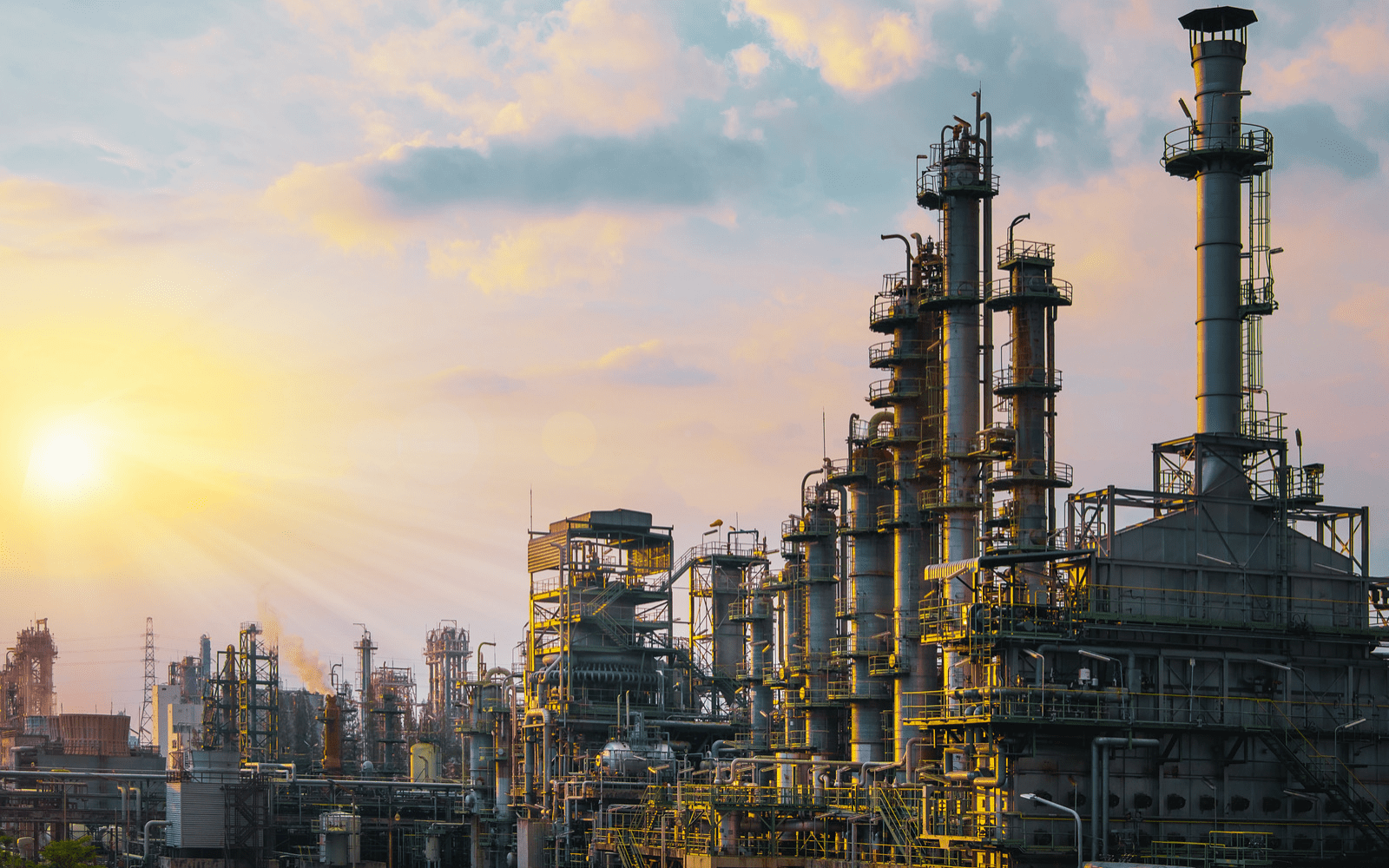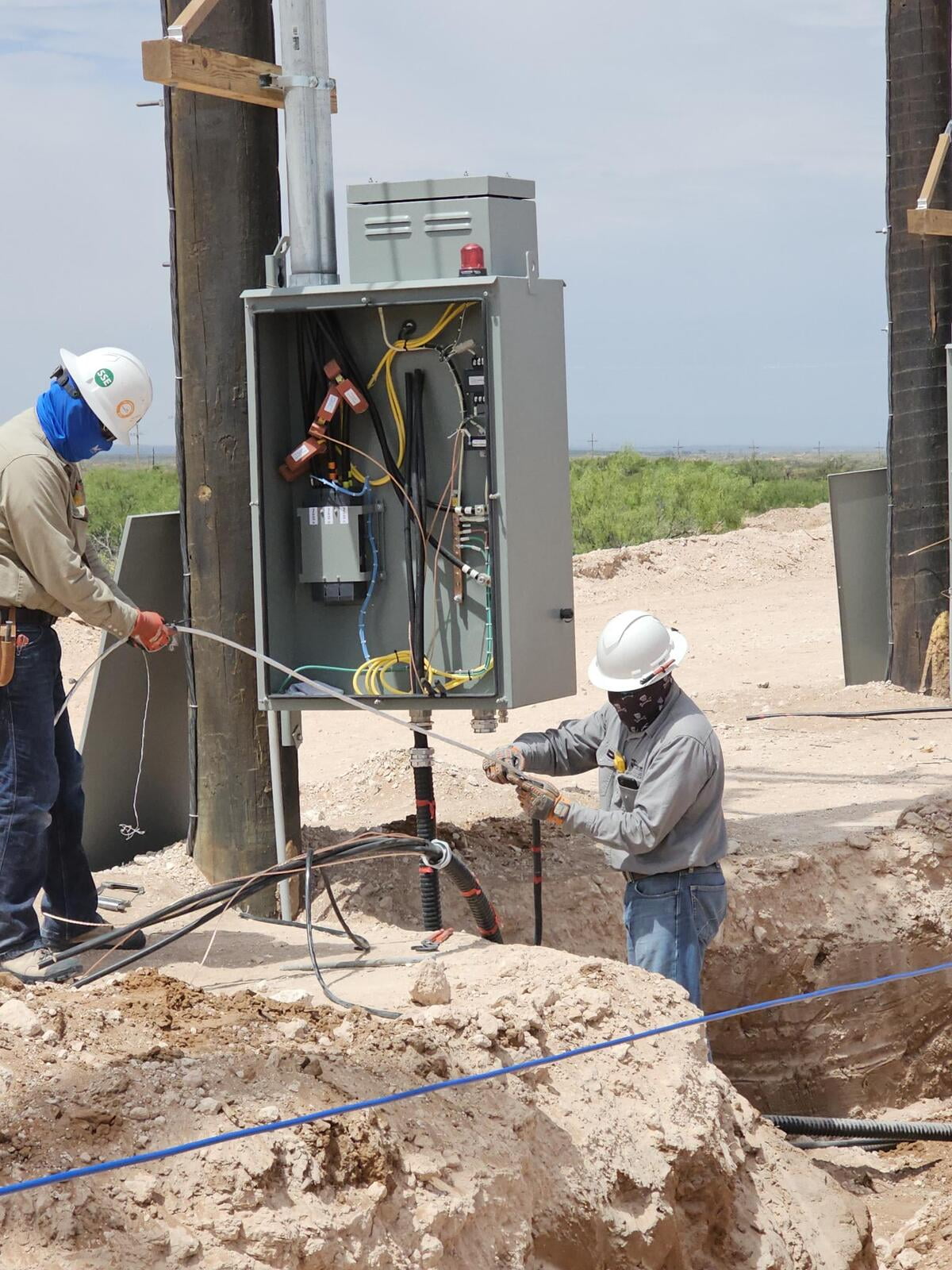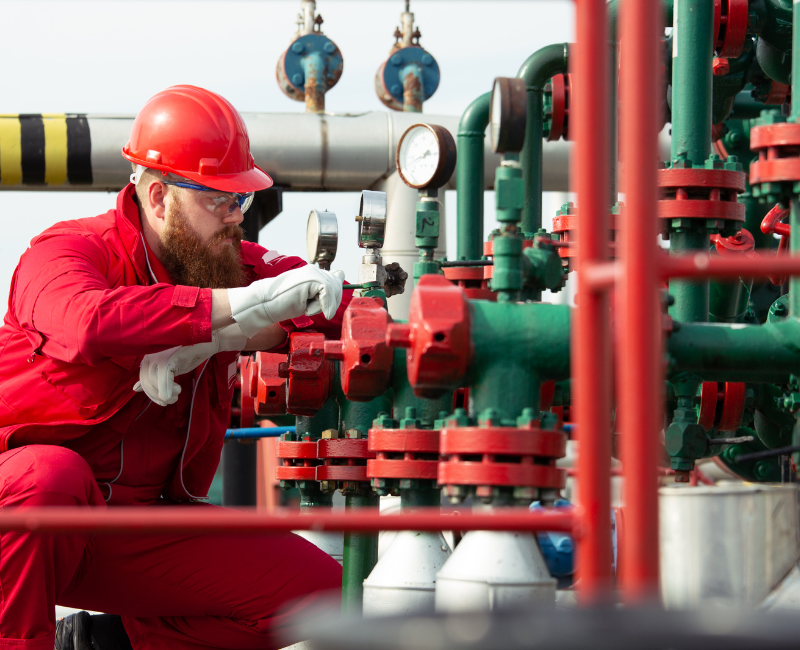Your Trusted Partner: Gas-Lock Eliminator
- Reduces gas entrainment within ESPs
- Improves pump efficiency
- Extends pump life
- Minimizes downtime
Considering the Technical Challenges: Gas-Lock Eliminator
Gas-Lock
When the gas-to-oil ratio is too high, free gas can accumulate within the pump stages. This creates "gas lock," where the gas prevents the pump's impellers from effectively moving liquid, severely reducing flow rates or completely stopping production.
Reduced Efficiency
Even without full gas lock, excessive gas in the pump decreases efficiency. The pump must work harder to handle a less dense two-phase fluid mixture (gas and liquid), leading to increased wear and potential overheating.
Pump Surging
High gas volumes can cause flow instabilities within the pump, leading to surging. This is characterized by fluctuating flow rates and pressure, which can damage components over time.
Premature Failure
Gas lock, reduced efficiency, and surging can all contribute to premature pump failures. This results in unscheduled downtime, costly repairs, and lost production.
WE ARE THE SOLUTION
Streamline Your Operations: A Glimpse of Installation
- Wellbore analysis: Engineers assess the wellbore conditions, including pressure, temperature, flow rate, and fluid properties.
- Model selection: Based on the wellbore analysis and specific needs, the appropriate Gas-Lock Eliminator model is selected, ensuring compatibility and optimal performance.
- Logistics and preparation: Necessary equipment and materials are gathered, and the Gas-Lock Eliminator undergoes pre-deployment checks and preparations.
- Well preparation: The wellbore is prepared for the installation process, which may involve shutting down production and ensuring proper wellbore access.
- Deployment: The Gas-Lock Eliminator is lowered downhole using specialized deployment tools and procedures. This typically involves connecting it to the ESP string or deploying it as a separate unit.
- Positioning and verification: The Gas-Lock Eliminator is positioned at the designated location within the wellbore, and its proper placement is verified using downhole tools and monitoring systems.
- System activation: The Gas-Lock Eliminator and related equipment are activated, and initial performance is monitored to ensure proper operation.
- Data collection and analysis: Data on gas separation efficiency, pump performance, and overall system functionality is collected and analyzed.
- Fine-tuning (optional): Based on initial data and operational adjustments might be made to optimize the performance of the Gas-Lock Eliminator within the specific wellbore environment.
- Performance Monitoring: Regular monitoring of the Gas-Lock Eliminator's performance and well conditions is crucial to ensure optimal efficiency and identify any potential issues early on.
- Maintenance: Depending in the model and operating conditions, the Gas-Lock Eliminator may require periodic maintenance or replacement of certain components.











